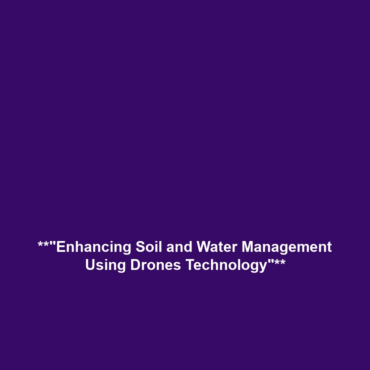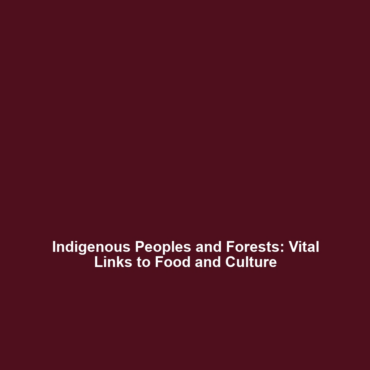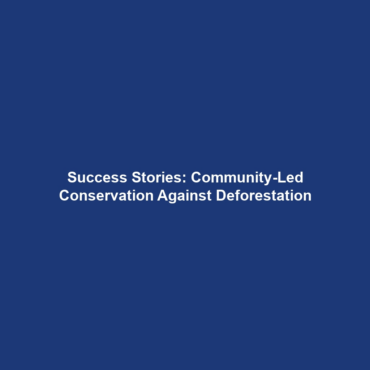Soil and Water Management: Improving Resource Usage Through Drones
Introduction
Soil and water management is crucial for sustainable agriculture and environmental preservation. Drones in science have emerged as a transformative technology, enhancing the efficiency of resource usage. By integrating aerial imagery and data analytics, drones enable precise monitoring and management of soil and water resources. This article delves into the significance of using drones for improving the management of these vital resources, highlighting how drone technology contributes to sustainability and innovation in scientific research.
Key Concepts
Understanding Soil and Water Management
Soil and water management involves practices aimed at optimizing the use of soil and water resources to enhance agricultural productivity while minimizing environmental impact. Key principles include:
- Precision Agriculture: Utilizing data from drones to assess soil health and moisture levels.
- Data-Driven Decision Making: Implementing timely interventions based on aerial data analysis.
- Resource Optimization: Reducing water usage through targeted irrigation practices informed by drone observations.
Integration with Drones in Science
Drones serve as critical tools in soil and water management by providing real-time data, enabling scientists to make informed decisions. This integration demonstrates how modern technology can enhance traditional practices, contributing to more sustainable resource usage.
Applications and Real-World Uses
Exploring the applications of soil and water management in drones reveals several significant practical uses, including:
- Irrigation Management: Drones are used to monitor crop health and soil moisture, allowing for optimal irrigation schedules.
- Soil Health Assessment: Utilizing drones to assess soil variability and health, enabling targeted soil amendments.
- Crop Monitoring: Drones help in monitoring of crop growth and health, enabling timely interventions when necessary.
These examples illustrate how soil and water management is improved through the use of drones in science.
Current Challenges
Despite the benefits, several challenges exist in utilizing drones for soil and water management:
- Regulatory Issues: Compliance with airspace regulations can hinder drone operations.
- Data Interpretation: The need for skilled personnel to analyze and interpret the data collected by drones.
- Technical Limitations: Possible limitations regarding flight time and payload capacity can affect data collection.
These issues highlight some of the challenges of soil and water management when adopting drone technology.
Future Research and Innovations
The future of soil and water management through drones looks promising, with several innovations on the horizon:
- Improved Sensor Technology: Next-generation sensors for more accurate soil and moisture readings.
- AI Integration: Using artificial intelligence for advanced analytics and predictive modeling.
- Autonomous Operations: Development of fully autonomous drones for expanded operational capabilities.
Such innovations could significantly enhance the effectiveness of drones in managing resources sustainably.
Conclusion
In summary, drones serve a vital role in improving soil and water management, showcasing their importance in the domain of drones in science. As technology continues to advance, the applications and efficiencies gained through drone usage will undoubtedly grow. For more insights into sustainable practices and emerging technologies, consider exploring our sustainability practices and emerging technologies articles.



